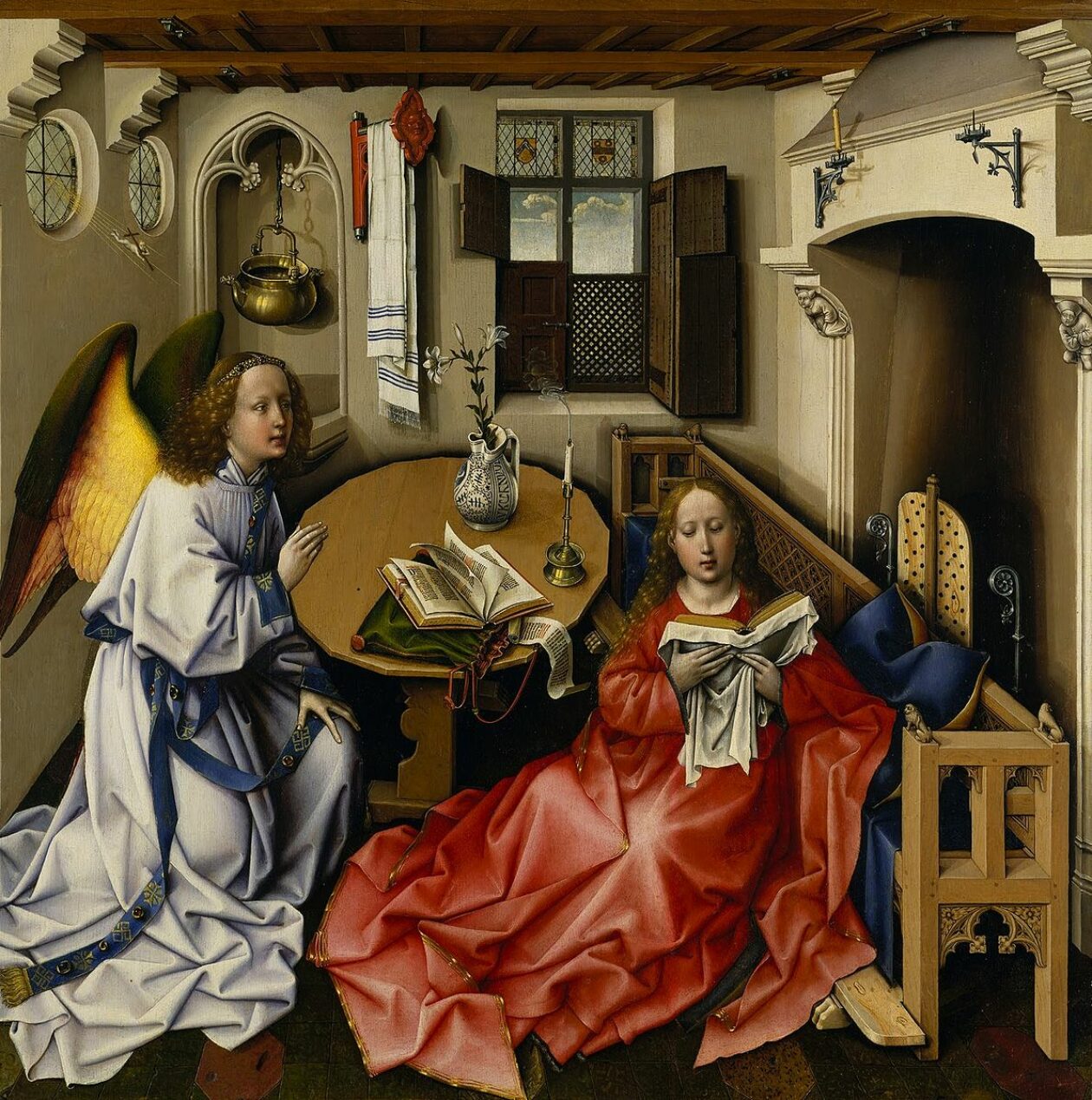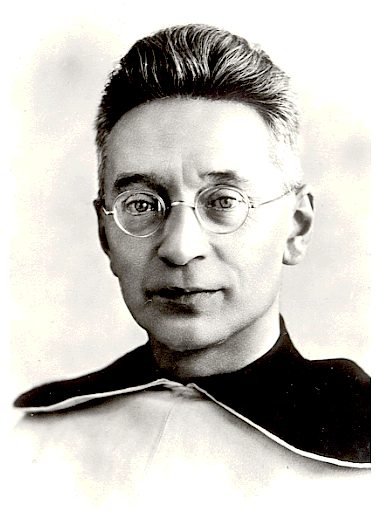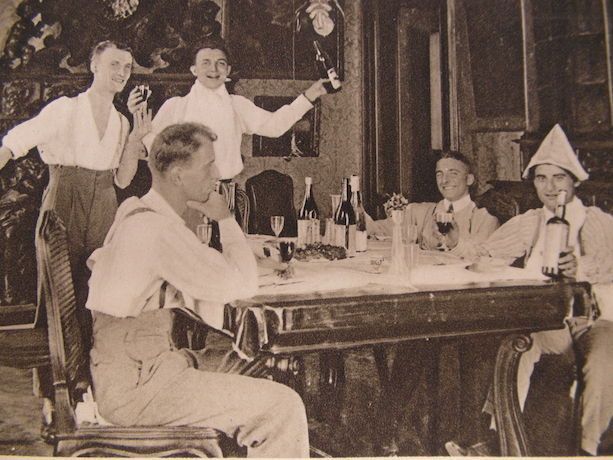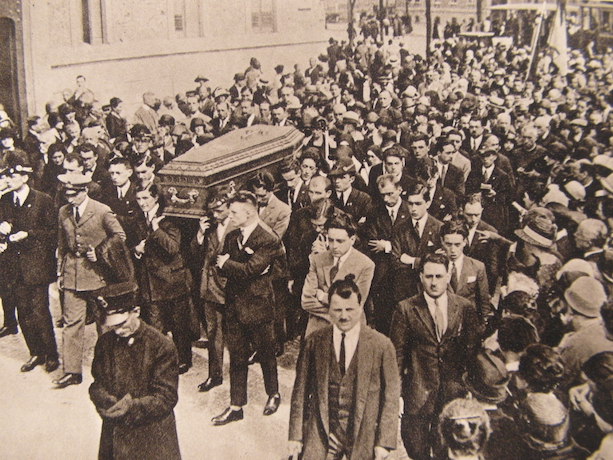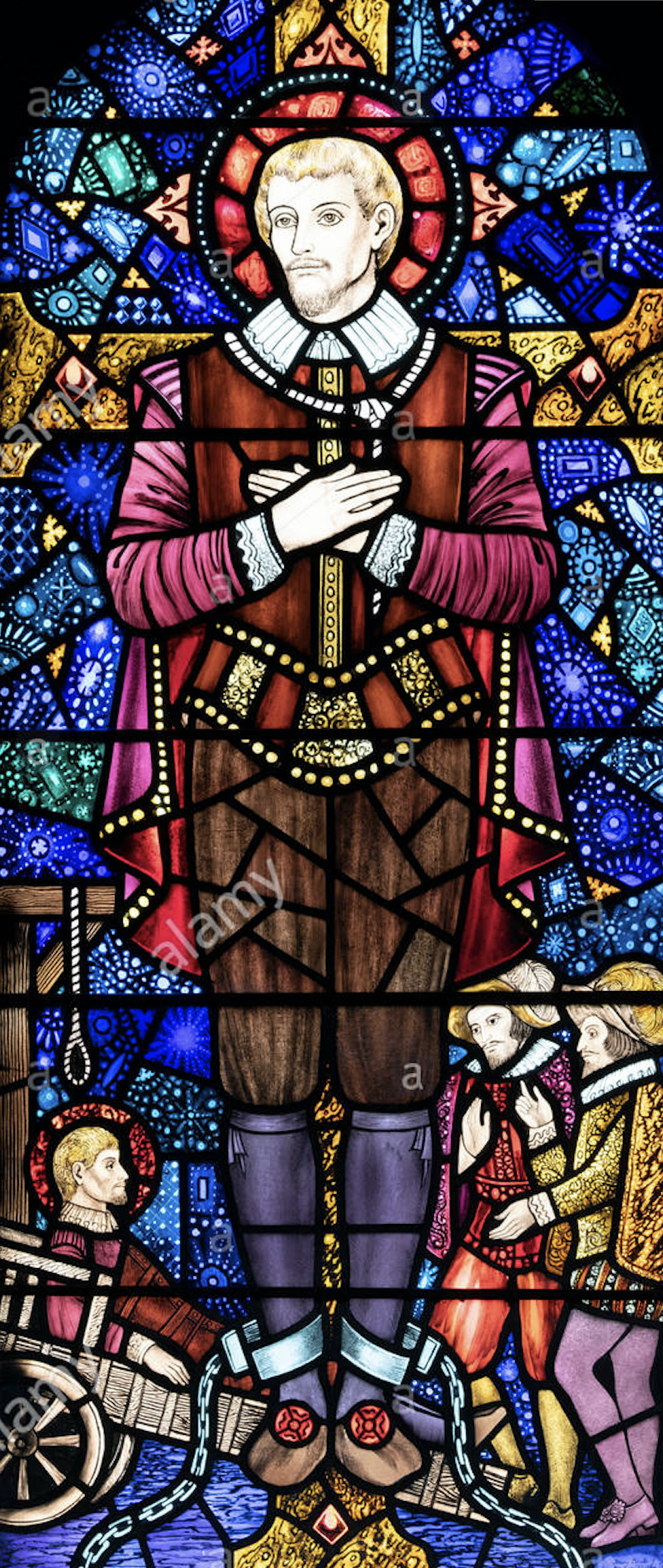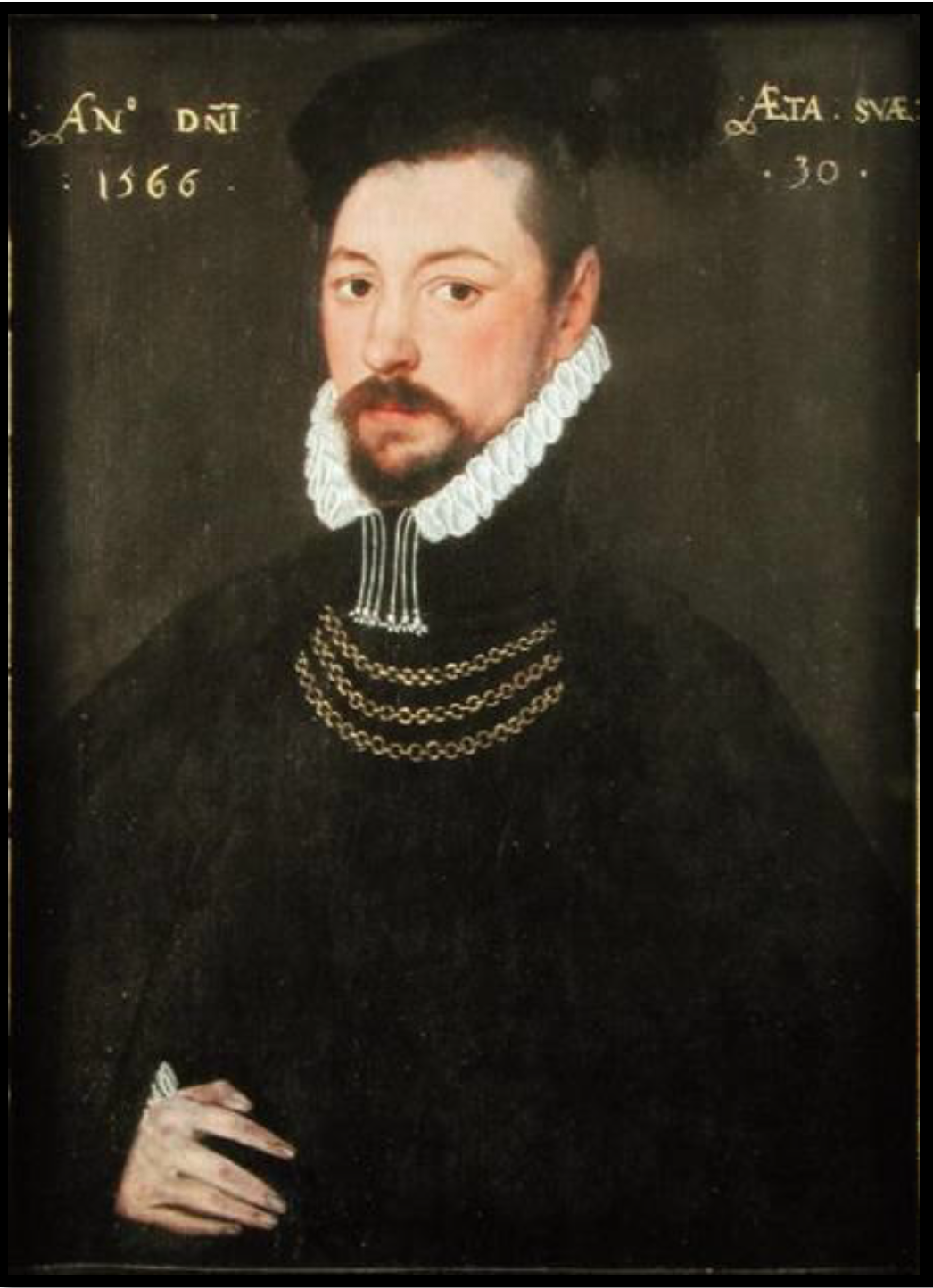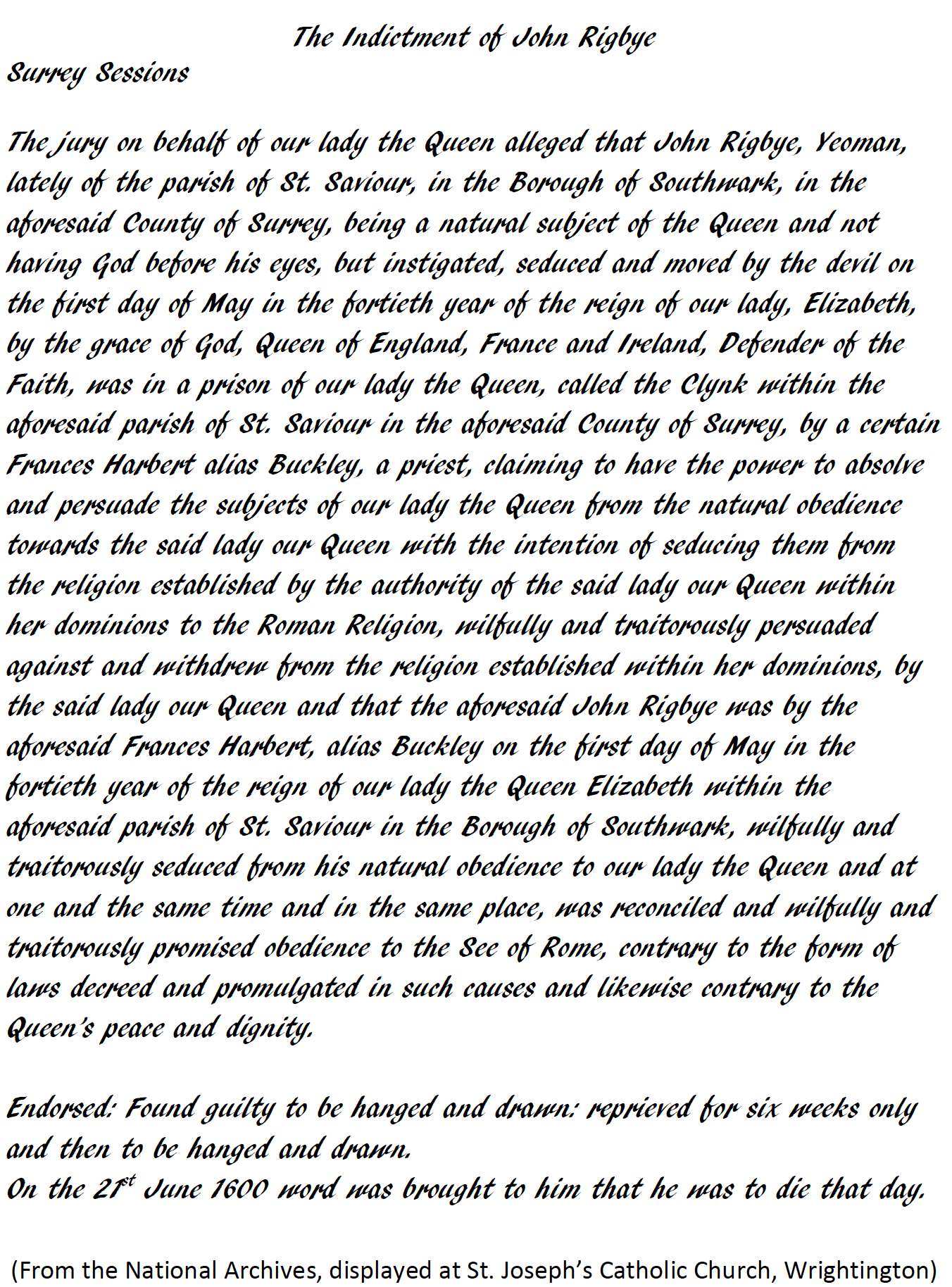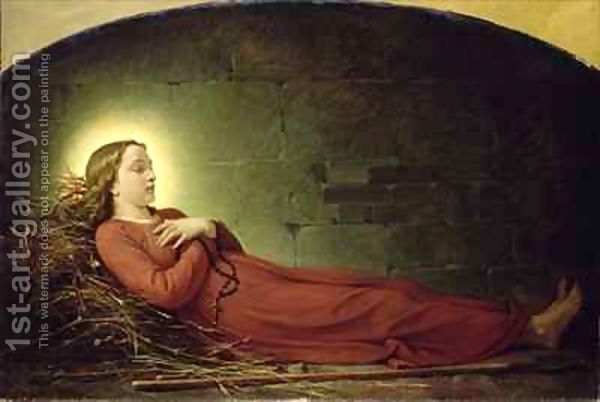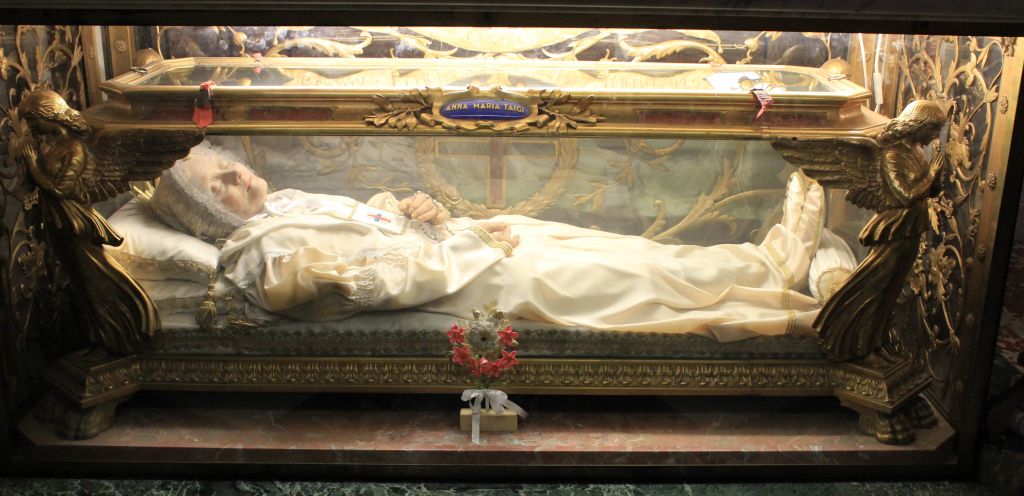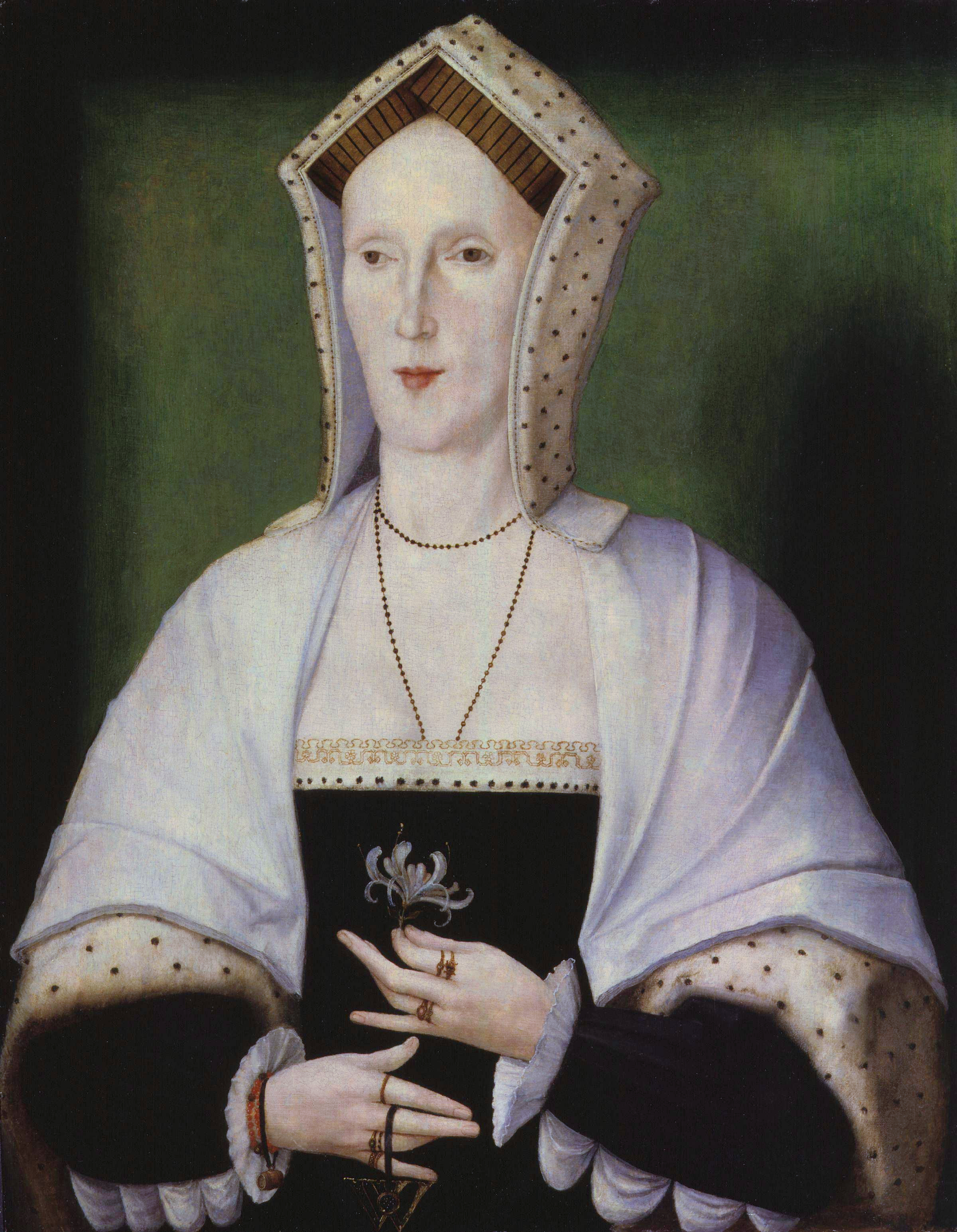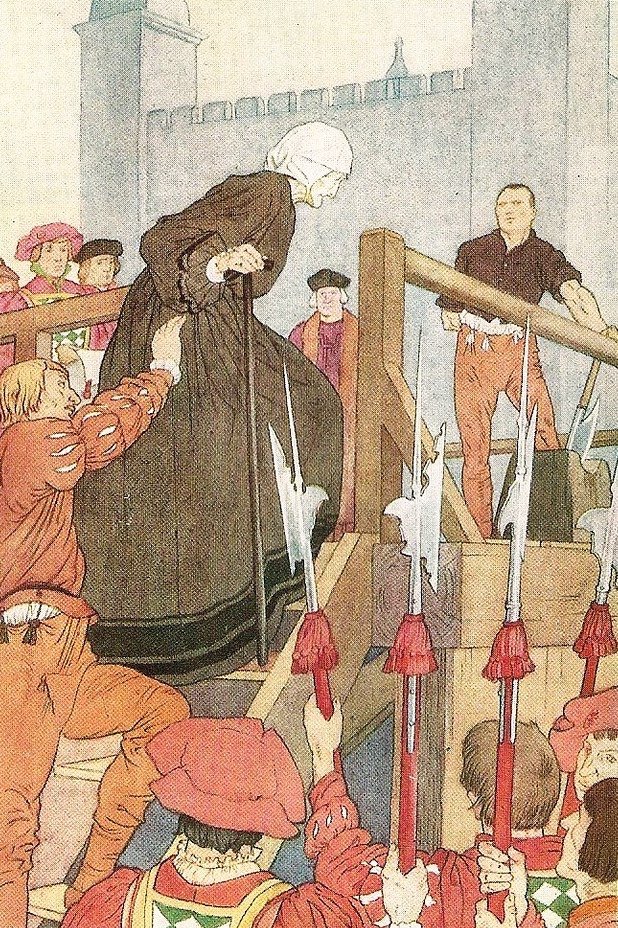Anno Sjoera Brandsma was born in a little hamlet area of Friesland, Holland in the year 1881 on February 23; he was born into a very tight knit and loving family. His mother was of an anxious nature and therefore was very protective of her family, as was his father, Titus, who was also very proud of their Friesland heritage. Catholicism was not well embraced where the Brandsma family lived and so Titus as head of their home became involved in local politics as he tried hard to preserve their culture from modern intrusion.
But also apart from politics, Titus, Anno’s father, made his living as a dairy farmer in that region of Holland, where he focused on producing milk and cheese to be sold. It was hard living with very few modern conveniences, so all the children from early on were raised with a great work ethic as well as a strong Catholic Faith.
Anno attended the Franciscan school or ‘gymnasium’ at Megen, Holland, many of the students from this school like Anno would later enter the priesthood. But Anno told others that he didn’t particularly like this school and preferred a more communal approach in living and studying Catholicism and the school’s other curricular activities. His nickname was “de Punt”=”Shorty”.
Upon completion of his studies with the Franciscans, Anno Brandsma felt a calling to embrace the Carmelite Order; he entered the Carmelite Monastery in Boxmeer Holland in the year 1898, where he took his father’s name Titus as his religious name. From the beginning of entering the Carmelite Monastery, Titus showed an extraordinary gift for journalism and writing. Titus was ordained a Catholic priest on June 17, 1905, and after further studies at the Roman Gregorian University, graduated on October 25, 1909 with a doctorate in philosophy. He translated the works of the mystic St Teresa of Avila into Dutch. He was often seen working with a cigar in his mouth.
Father Titus Brandsma spent his early ministry in education where he joined the faculty of the newly founded Catholic University of Nijmegen in 1923, which he helped found. He began a speaking tour of the United States in 1935, the same year he began writing against anti-Jewish marriage laws.
With Fr. Titus’ journalistic interests and gift of writing, the Archbishop De Jong of Utrecht appointed him as spiritual advisor to the staff members of the more than thirty Catholic newspapers in Holland; this coincided with the more virulent and tyrannical presence of the Chancellor of Germany, Adolf Hitler. It didn’t take long for Fr. Titus to begin criticizing the new German leadership. “The Nazi movement is a black lie,” he proclaimed. “It is pagan.”
When the Germans invaded Holland in the year 1940 and began persecution of the Jews in that country, the Dutch resistance rose up to counteract the Nazi oppression. Also the Catholic hierarchy announced that the Sacraments would be refused to Catholics who supported the Nazi occupation and the Nazi regime. Fr. Brandsma was continually followed by the Gestapo.
During this difficult and most dangerous of times, Fr. Titus Brandsma also became more involved in the Dutch resistance, making little effort to conceal his activities from the Nazis. And it was his refusal and the Church’s refusal to print National Socialist (Nazi) propaganda which infuriated the Nazis. Especially as Fr. Titus also felt compelled to personally deliver to each Catholic editor a letter from the bishops ordering them not to comply with a new law requiring them to print official Nazi publications. It was this pastoral letter, read in all Catholic parishes in Holland, which caused the Nazis to select the first three thousand Jews deported from Holland to be those who had converted to Roman Catholicism, including St Edith Stein, aka St Teresa Benedicta of the Cross.
This proved to be too much provocation for the Nazis and they arrested Father Titus on January 19, 1942; Titus visited 14 editors before the Gestapo arrested him at 6 p.m. at the Boxmeer monastery. He knelt and received the blessing of his superior. Police agents took him under guard to a prison at Scheveningen, a seaside port near The Hague. He was locked in cell 577.
“Imagine my going to jail at the age of 60,” he said to his arresting officer.
“You should not have accepted the archbishop’s commission,” was the humorless reply.
Captain Hardegen, the tall, blond, always polite officer in charge of Titus’ case, began his interrogation with the question: “Why have you disobeyed the regulations?”
“As a Catholic, I could have done nothing differently,” Titus replied.
“You are a saboteur. Your church is trying to sabotage the orders of the occupying powers, to prevent the national socialistic philosophy of life from reaching the Dutch population.”
Titus responded: “We must object to anything or any philosophy that is not in line with Catholic doctrine.”
Moved to Amersfoort in Holland before being sent to Dachau, where he arrived on June 19, 1942. He was abused and punished for ministering to fellow prisoners.
Father Titus Brandsma’s health was always a little fragile and he suffered periodically with kidney infections throughout the 1930’s. So the brutal conditions at Dachau quickly saw his health decline rapidly. Fr. Titus had many times to visit the camp ‘hospital’ due to his health problems. When he could no longer work this then enabled the Nazis to use this Holy Priest for biological experiments. When he could no longer even serve this purpose to his persecutors, he was killed.
Even though Father Titus was imprisoned at Dachau, these were not empty years, as Fr. Titus kept up his prolific abilities to write with deep and mystical meaning upon suffering, and also other holy works. He asked fellow prisoners to pray for the salvation of their guards.
Unfortunately this Holy Priest’s health could not stand up to the brutal beatings, forced labor and the vile experiments upon his emaciated figure. Father Titus Brandsma a man and a priest of holy and courageous countenance was killed by the Nazis with a lethal injection on July 26th in 1942. To his executioner, a doctor of the Allgemeine SS, he gave a rosary. The doctor was assisted by a nurse who was raised Catholic, but who had left the Church.
This was a priest who lived a joy filled life even amidst the greatest evil; he is a testament to the Spirit of Love for God and his fellow man. He is a modern mystic, though many of his writings were lost during the years of the war what remained is mystical theology based on his own sufferings and that of the Church. Though he did not seek martyrdom yet he bowed with humility when it embraced him as one who is called to atone for the many. With a Christ-like love he forgave his enemies and is a shining example of love conquering evil. Love is more than a feeling. Love is more powerful than sin and death.
“Those who want to win the world for Christ must have the courage to come into conflict with it.” -Blessed Titus Brandsma
“O Jesus, when I look on You
My love for You starts up anew,
And tells me that Your heart loves me
And You my special friend would be.
More courage I will need for sure,
But any pain I will endure,
Because it makes me like to You
And leads unto Your kingdom too.
In sorrow do I find my bliss,
For sorrow now no more is this:
Rather the path that must be trod,
That makes me one with You, my God.
Oh, leave me here alone and still,
And all around the cold and chill.
To enter here I will have none;
I weary not when I’m alone.
For, Jesus, you are at my side;
Never so close did we abide.
Stay with me, Jesus, my delight,
Your presence near makes all things right.
-Blessed Titus Brandsma, O. Carm.
God our Father,
source of life and freedom,
through your Holy Spirit you gave the Carmelite Titus Brandsma
the courage to affirm human dignity even in the midst of suffering and degrading persecution.
Grant us that same Spirit,
so that, refusing all compromise with error,
we may always and everywhere give coherent witness
to your abiding presence among us.
We ask this through Christ our Lord.
Amen.
Love,
Matthew
